Food for Slaves: Teaching Subpar Souls in the Gnostic Gospel of Philip
In this blog we take a look at an Early Christian parable from an unexpected source: the Gospel of Philip. Before discussing the parable itself, let us take a brief look at his rather unknown Gospel.
The Gospel of Philip & Gnosticism
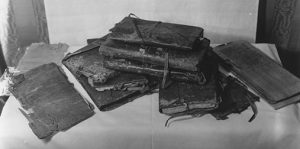
The Nag Hammadi Codices. Photo: Claremont Colleges Digital Library
The Gospel of Philip was discovered at Nag Hammadi (Egypt) in 1945. The book is written in Coptic, just like the better known Gospel of Thomas; together they were bound in the same codex (‘book’). The Gospel of Philip belongs to the so-called New Testament apocrypha, meaning that these texts are not part of the biblical canon. The book is dated in the third century by most scholars and it derives its name from the fact that Philip is the only disciple that is explicitly mentioned in the text. The Gospel of Philip is not a gospel in the way the New Testament gospels are: it does not form a continuous story. Instead, it consists of more or less independent sayings, stories and dialogues that often lack embedding and explanation. Of these text units only some (17, of which 8 are not found in the New Testament) have been attributed to Jesus. The content of the Gospel of Philip, as many other texts that have been found at Nag Hammadi, can be characterized as gnostic. As the Greek word signifies (gnosis means wisdom) in gnostic texts spiritual and often hidden knowledge was sought for, in order for the soul that was thought to be trapped in matter, i.e. the human body, to escape. When it comes to slaves and slavery language, the Gospel of Philip contains some rather interesting sayings, that illustrate the gnostic character of the text. Take for example this quotation (77):
He who has knowledge of the truth is a free man, but the free man does not sin, for “He who sins is the slave of sin” (Jn 8:34). Truth is the mother, knowledge the father. Those who think that sinning does not apply to them are called “free” by the world. Knowledge of the truth merely makes such people arrogant, which is what the words, “it makes them free” (Jn 8:32) mean. It even gives them a sense of superiority over the whole world. But “Love builds up” (1 Co 8:1). In fact, he who is really free, through knowledge, is a slave, because of love for those who have not yet been able to attain to the freedom of knowledge. Knowledge makes them capable of becoming free. (Translation: Isenberg)
In this passage it becomes clear how gnostic texts like the Gospel of Thomas on the one hand assign great value to knowledge or truth, but it shows on the other hand the enigmatic character of many of these texts as well. Is the person that has knowledge free, as the beginning of the passage says, or is he still a slave, as the second part indicates? Also notice how this passage tries to make its point by quoting from and building on quotations from the New Testament.
The parable
Let us turn now to the parable (80-81):
There was a householder who had every conceivable thing, be it son or slave or cattle or dog or pig or corn [or] barley or chaff or grass or castor oil or meat and acorn. [Now he was] a sensible fellow, and he knew what the food of each one was. He [himself] served the children bread [and meat]. He served the slaves [castor oil] and meal. And [he threw barley] and chaff and grass to the cattle. He threw bones to [the] dogs, and to the pigs he threw acorns and scraps of bread.
Compare the disciple of God: if he is a sensible fellow, he understands what discipleship is all about. The bodily forms will not deceive him, but he will look at the condition of the soul of each one and speak with him. There are many animals in the world which are in a human form. When he identifies them, to the swine he will throw acorns, to the cattle he will throw barley and chaff and grass, to the dogs he will throw bones. To the slaves he will give only the elementary lessons, to the children he will give the complete instruction. (Translation: Isenberg)
In this parable the well-known image of a master taking feeding his slaves is taken up. Compare for example this rabbinic parable from Sifre Deuteronomy 40:
Simeon ben Yohai says, by way of a parable: A king of flesh and blood had many sons and slaves who were fed and sustained out of his hand. The keys to the storehouse were in his hands: when they did his will, he opened the storehouse, and they ate to satiety, but when they did not do his will, he locked the storehouse, and they died of starvation. Thus also is it with Israel: when they do God’s will, “The Lord will open unto thee His good treasure, the heavens” (28:12 ); but when they do not do His will, what does Scripture say?—”And the anger of the Lord be kindled against you, and He shut up the heaven, so that there shall be no rain” (11:17) (translation Hammer with adaptations)
We see in this parable – just like the parable from the Gospel of Philip – a master who distributes food both over his sons and slaves (his cattle is not mentioned). Here no differentiation is made between the food for both groups. Moreover, in contrast to the parable from the Gospel of Philip it is not God who is compared to the master, but it is the disciple (the follower of Jesus) who is compared to a master. The application is typically gnostic: just like the master distinguishes what kind of food he gives to which animal or person, so the true gnostic can distinguish between the different souls that are present in this world. Only to the most developed beings – compared to the sons in the parable – he gives the best ‘food’, the most sophisticated teachings. The slaves, representing the less developed souls, are given teachings of lower quality (‘elementary lessons”). It is puzzling what exactly is meant here with the ‘animals in human form’, even more so because their food is not compared to a certain kind of instruction (it may remind us of Matthew 7:6b: “Do not give what is holy to dogs; and do not throw your pearls before swine”, NRSV).
The image of the parable ties (partly) in with ancient teaching practices. Sometimes the more talented slaves (for example slaves that managed the master’s property in his absence) did receive some form of education, but this was normally only limited to practical skills, skills that would help the slave do his job (for example reading his master’s instructions and being able to calculate; cf. Columella, De Re Rustica 1.8.4). It goes without saying that most slaves would not receive any form of formal education at all. Whether the gnostics really taught slaves is, of course, not the issue at stake in this parable. What the parable wants to explain is how souls of different qualities (animals – slaves – children) receive lessons of different kinds (no education? – elementary lessons – complete instruction). In some New Testament passages a distinction is made between certain kinds of teachings for certain kinds of groups as well (cf. Matthew 13:10-11: “Then the disciples came and asked him, ‘Why do you speak to them in parables?’ He answered, ‘To you it has been given to know the secrets of the kingdom of heaven, but to them it has not been given.’”). However, these distinctions are not based on the difference between mind and body.
In sum, this Early Christian parable – that is not attributed to Jesus – successfully uses an image from social reality to convey its theological, gnostic message. While its form and images are similar to Early Rabbinic and New Testament parables, the Gospel of Philip uses the genre to articulate its own, very particular theology.

Martijn Stoutjesdijk
Further reading
For a translation of the Gospel of Philip see:
Wesley W. Isenberg, ‘The Gospel of Philip’, in James M. Robinson, The Nag Hammadi Library, Leiden: Brill, 1984, 131-151.
For an introduction to Gnosticism see, for example:
Alastair H.B. Logan, ‘Gnosticism’, Philip F. Esler, The Early Christian World. Volume II, London/New York: Routledge, 2000, 907-928.

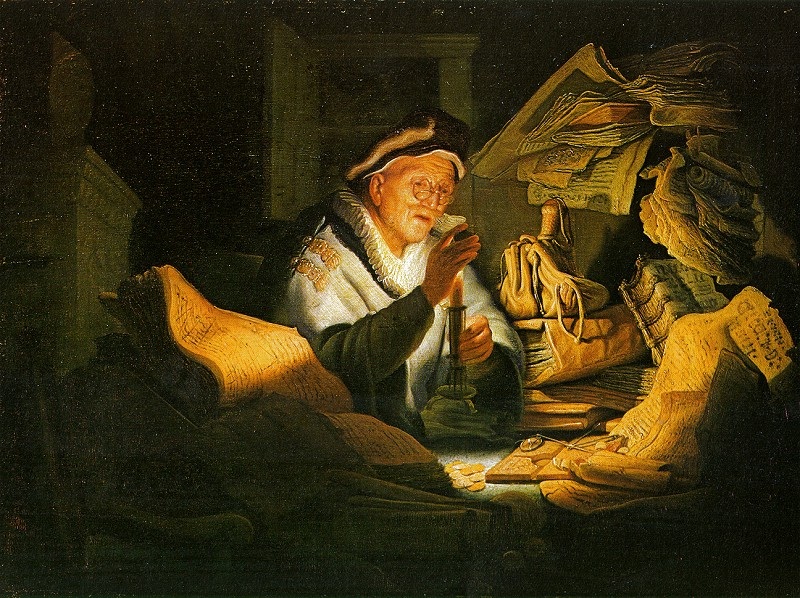

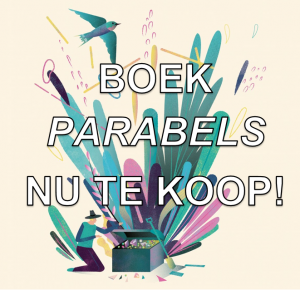
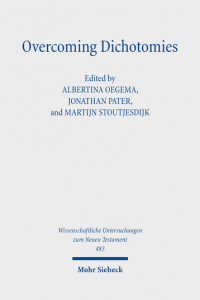
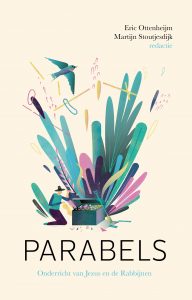
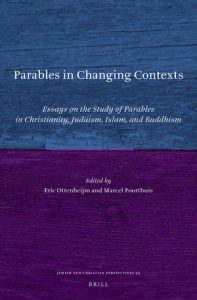
Recente reacties